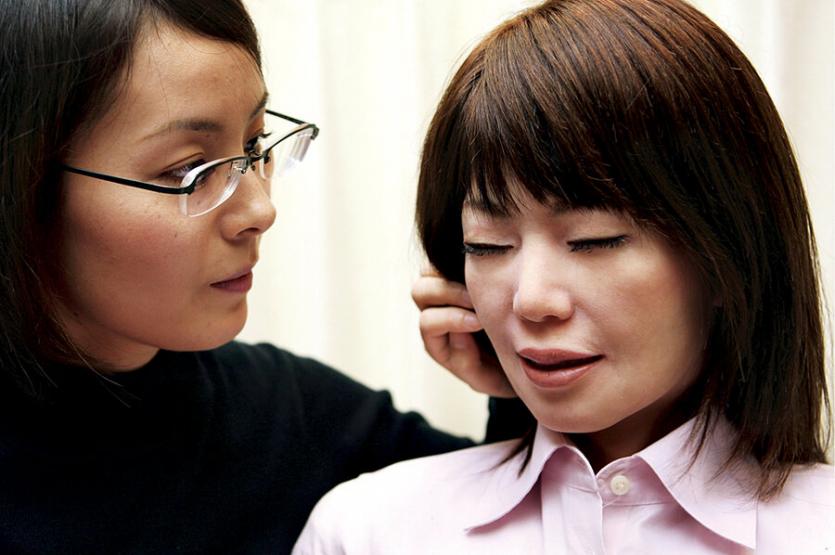The Issue Of Computer Reconstruction Of The Human Face Has Been Discussed For Years. I Think We Have Written Articles On This Topic In This Monthly Magazine Of The Network Since At Least A Decade Ago.
I reviewed some examples of fake faces a few times under various pretexts, including in the “Arts and Entertainment” section and when I wrote about the visual effects of movies.
At that time, artificial intelligence, or, to be more precise, machine learning, had not advanced much, and the faces that were created were not very believable.
As they generally fell into a trap for which I still haven’t found a correct Persian equivalent: uncanny valley
Deepfake and deepfakers
uncanny valley
-
Uncanny valley was explained many times in the same visual effects articles. I will pass after that. But the point that was emphasized in those materials was the fear of falsifying reality. Watching movies such as “The Curious Case of Benjamin Button” or “X-Men” raised the question of whether we can trust what we see on the TV screen from now on. For those who have not seen such films, I will explain that in such films, very accurate versions of the actors were prepared and shown in old age or youth. Many believe that in the future, for example, the speech we see from a political official or a famous person on the TV screen may not have happened in reality but was made by a computer.
-
Now we see that clips are circulating on social networks, and these warnings have become a reality to a large extent. Pins that are known as DeepFake. But what we see today is fundamentally different from what was predicted in those years. In those years, when the discussion of computer reconstruction and falsification of speeches came up, big companies were usually mentioned. For example, it is said that big and famous visual effects studios will do such things because they have the necessary tools and money. If anyone wants such fakes, they should go to such companies. Even after the success of films such as The Curious Case of Benjamin Button, there was a strong argument that companies would archive virtual and very accurate versions of famous actors to be used on the day without the need for the physical presence of the actors. be

-
Video spoofing tools are now widely available, and even some of our compatriots have taken to keep faking. This is becoming so popular that a profession called Deepfaker has emerged. If we once doubted whether the photo we see is real or created by Photoshop filters, we should also examine the videos we see from lectures or interviews. Of course, the deepfake clips I’ve seen so far have been deliberately exaggerated, so it’s easy to tell if they’re fake. But suppose more subtlety is spent using image falsification tools, easily among the flood of videos that reach us. Usually, we do not pay much attention to verifying them. In that case, such fake videos will be able to deceive us and be widely and imperceptibly published. The idea of making counterfeit videos has been around for years, but these discussions were mostly academic, and the tools and methods were unavailable to ordinary people. Today, search for a long list of processes, software, and tools for making such videos. It should not be forgotten that Deepfake is based on machine learning, which means that it learns more and gets better over time. Creating and distributing such videos is inevitable, and we will encounter more captivating and perfect deep fakes in the future. The best thing we can do to deal with deep fakes is to be faster and learn better than machines. It should not be forgotten that Deepfake is based on machine learning, which means that it knows more and gets better over time. Creating and distributing such videos is inevitable, and we will encounter more captivating and perfect deep fakes in the future. The best thing we can do to deal with deep fakes is to be faster and learn better than machines. It should not be forgotten that Deepfake is based on machine learning, which means that it knows more and gets better over time. Creating and distributing such videos is inevitable, and we will encounter more captivating and perfect deep fakes in the future. The best thing we can do to deal with deep fakes is to be faster and learn better than machines.